Alluring Astons: has British motoring design reached its zenith?
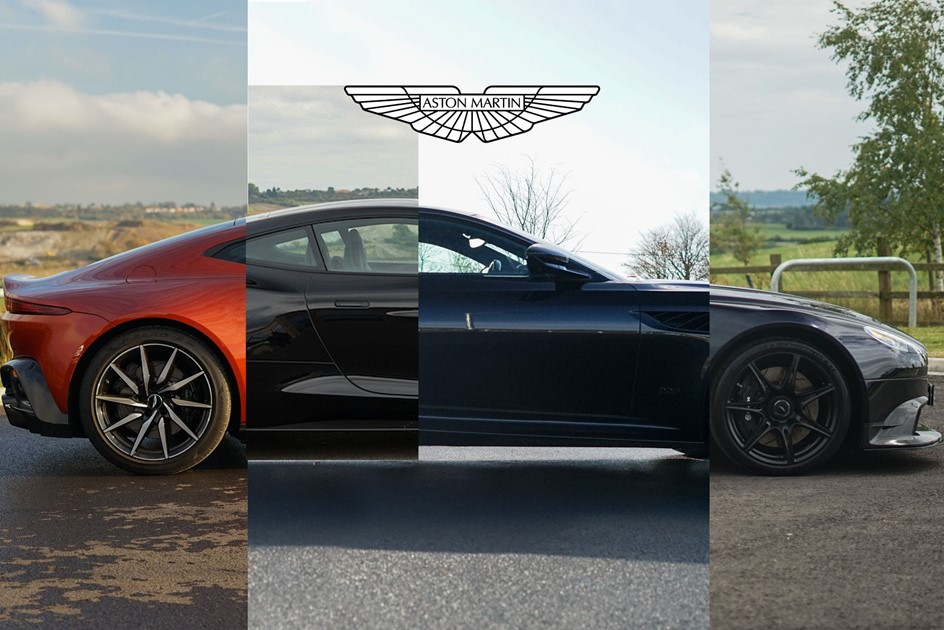
From the range-topping Vanquish to the entry-level Vantage, the key pillars of Aston Martin’s offering have remained fastidious craftsmanship, industry-leading engineering solutions and timeless automotive design, the combination of which has resulted in an instantly recognisable on-road presence.
That distinctive style has morphed over more than a century of development, and now with an ever-improving repertoire of materials and design refinement through avenues such as aerodynamics, that appearance is arguably reaching its apogee.
Under the leadership of Marek Reichman, Aston Martin’s Chief Creative Officer, Aston Martin is flourishing in its bold new era. Across a broadening portfolio of production models and limited editions, the distinctive Aston Martin aesthetic remains a reliable constant.
The visual cues associated with the winged emblem are now so entrenched in the minds of the brand's loyal followers, that to change them would be considered blasphemy but in truth, the Aston Martin style has been honed continuously throughout its history.
The origins of many of its most recognisable features stem from a place of functionality over design, but aspects like the grille, side vent and bubble roof have since become indispensable in the iconic Aston Martin look that we're all so familiar with.
Interior
For many, the most memorable aspect of an Aston Martin interior would be the One-77-inspired steering wheel. The flat-sided design first seen in the ‘ultimate Aston Martin’ can now be found in examples such as the Vanquish S and Vanquish S Ultimate.
Aside from attention-grabbing steering wheels, the interior of an Aston Martin has historically been known for its air of luxury upon entry to the cabin. The modern-day cars are no exception to this rule, with effortlessly elegant interiors available throughout the range and supplementary contrast stitching a mainstay in that offering. This is complemented by ultra-simplistic dashboards and dials (moving to a single central dial in newer models such as the DBS and Vantage).
Simplicity was taken a step further in the GT8’s case, with minimal cabin controls all in the name of weight-saving. Similarly, the Bang & Olufsen sound system was noticeably absent from the GT8 which has become a cornerstone of Aston Martin interiors in its headlining models.
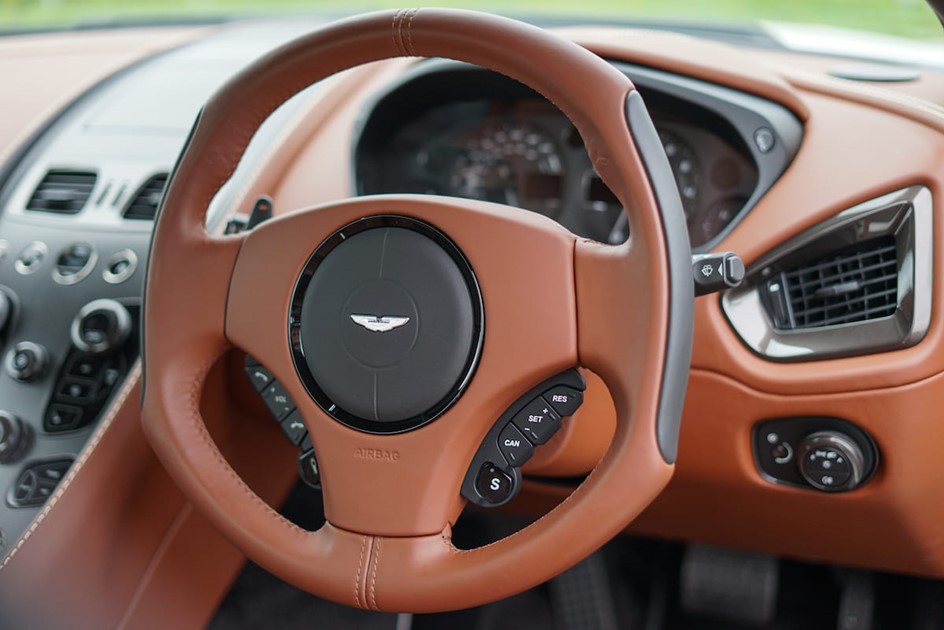
Aerodynamics
Aerodynamics has come a long way since Aston Martin used one of its seminal aerodynamic elements on the 1934 Ulster, and the British marque has been obsessed with the related performance gains ever since.
The 'chopped-off' rear of the DB6 improved upon the DB5’s notoriously skittish rear-end stability and the subsequent design influences are still evident in the ducktail spoilers that feature on many of today’s Astons.
The front splitter meanwhile is an ever-changing animal. Having been almost entirely non-existent as recently as the late two thousands, it's a fairly new concept. Of course, in the GT8 it takes on a form of aggressive purposefulness, akin to that of the intricacies of a Formula 1 front wing. Conversely, the ‘baby’ Aston Martin, is understandably less endowed with aerodynamic appendages and so a stylishly simple splitter takes its place. The other flagship models fall somewhere in between the two, masterfully straddling the line between performance and sophistication.
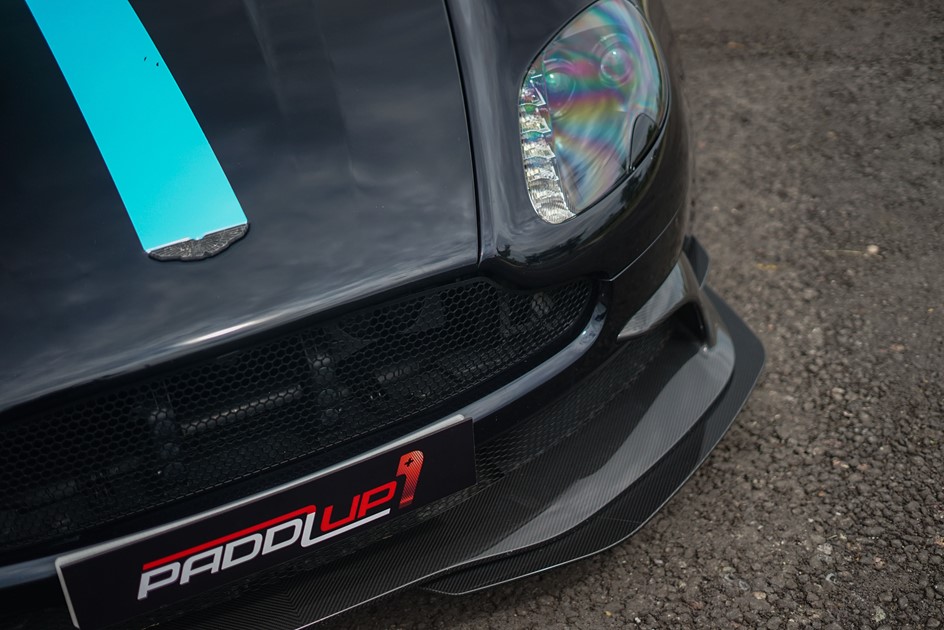
Wheels
The wheels of an Aston Martin are often a more sedate affair than many of its contemporaries. Original interpretations of a traditional five-spoke concept are present in much of the modern range and lend a subdued elegance befitting of the brand. Of course, there are exceptions; the GT8’s lightweight forged wheels introduce more spokes and are more substance than style, whereas the Vantage’s angled spokes distinguish it at the more accessible end of the range.
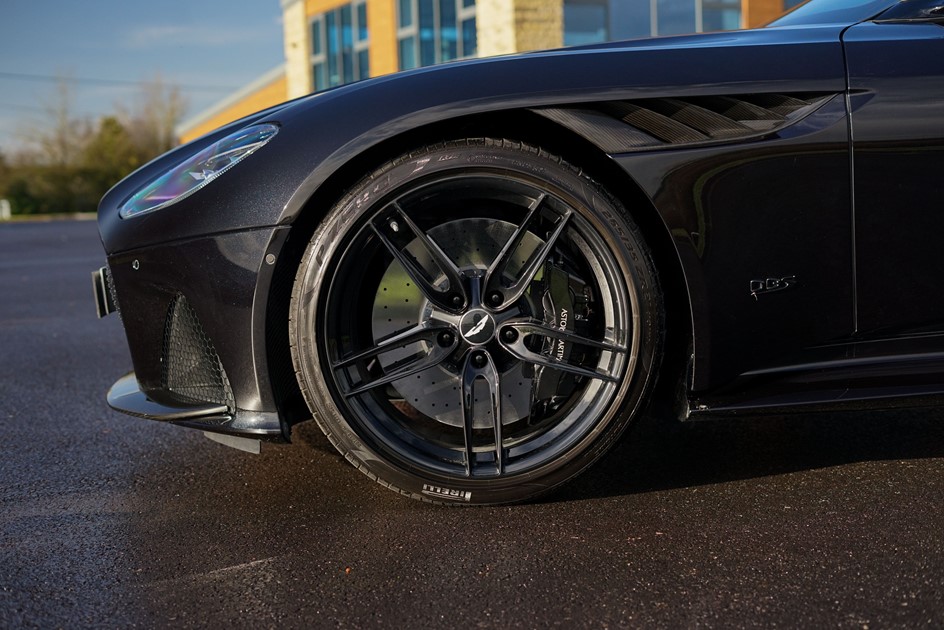
Zagato double-bubble roof
Although initially developed for the competition Fiats, Maseratis, ACs, Alfa Romeo, Lancia and Ferrari of the fifties by its namesake coachbuilder, the Zagato double-bubble roof has since become synonymous with one manufacturer in particular; Aston Martin.
Featuring on the 2019 V8 Vantage, this distinguishing feature doubles up as both a functional part of the car, improving airflow over the roof and therefore adding performance, but also acting as a unique styling cue rarely seen on the roads.
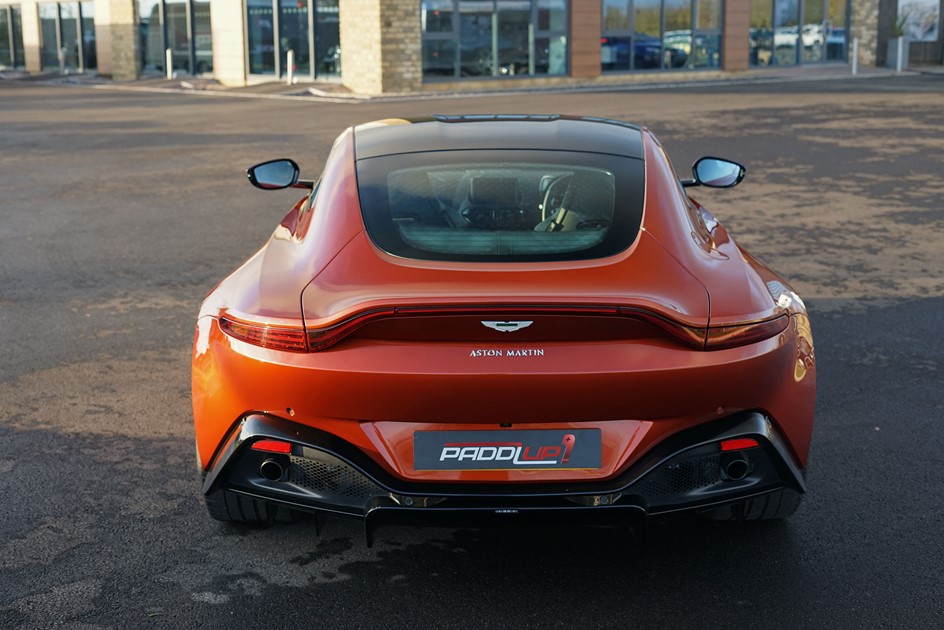
Grille
Arguably, an Aston Martin’s most recognisable feature is its grille. Flat at the base and curved angles at the uppermost corners, it's a shape unique to the British marque (aside from it popping up on a few American cars when Aston was owned by Ford Motor Company between 1991 and 2007).
The DB Mark III was the first road car to boast the grille in 1957 and it has appeared on the vast majority of models to date, the most recent of which making the shape more pronounced than ever before, as seen in the Vantage and DBS. Pair this with the side strakes also introduced for racing purposes in the fifties and the unmistakable Aston Martin aesthetic starts to take shape.
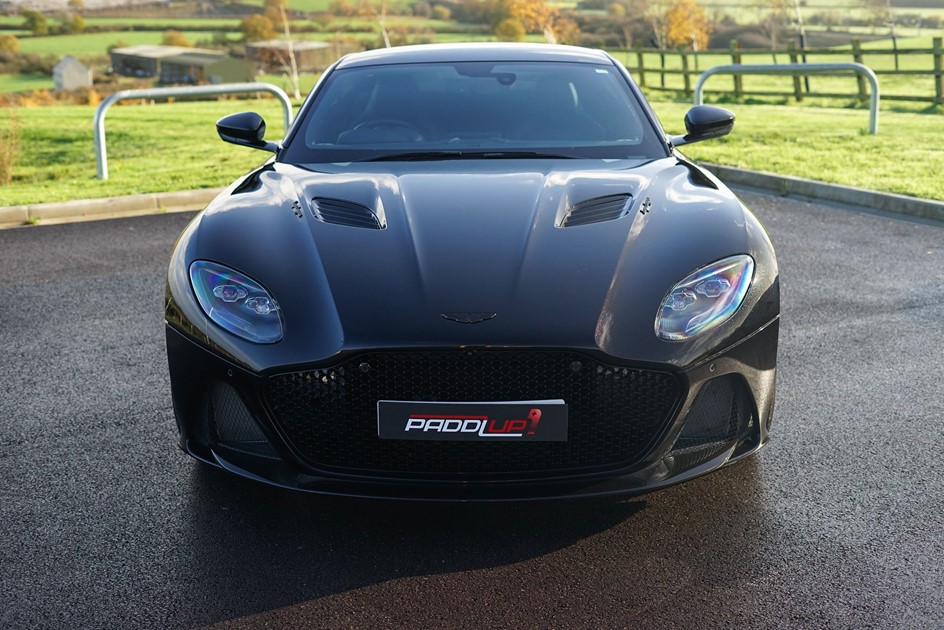
Headlights
Contemporary headlight design can be traced back to its source with the Audi R8 in 2007, and since then, manufacturers have been utilising the latest technology in LEDs to make them thinner and more compact. This progression is plain to see from the Vanquish S through to the Vantage and DBS.
That’s not to say throwing the latest technology at a car will please everyone. Thinner headlights aren’t to everyone’s tastes with many lamenting newer designs that are now ‘too thin and too bright’ presenting the obvious conclusion that style must still come first.
The signature headlight shape for a modern Aston Martin originates from the DB7, with the combined contributions of Ian Cullum and Marek Reichman ensuring it remains instantly recognisable. The lights forming part of a pronounced wheel arch, however, has been a consistent trend throughout the brand’s history. From a styling perspective, headlights are used to accentuate the width of the body from a head-on profile and it does just that for Astons through the ages.
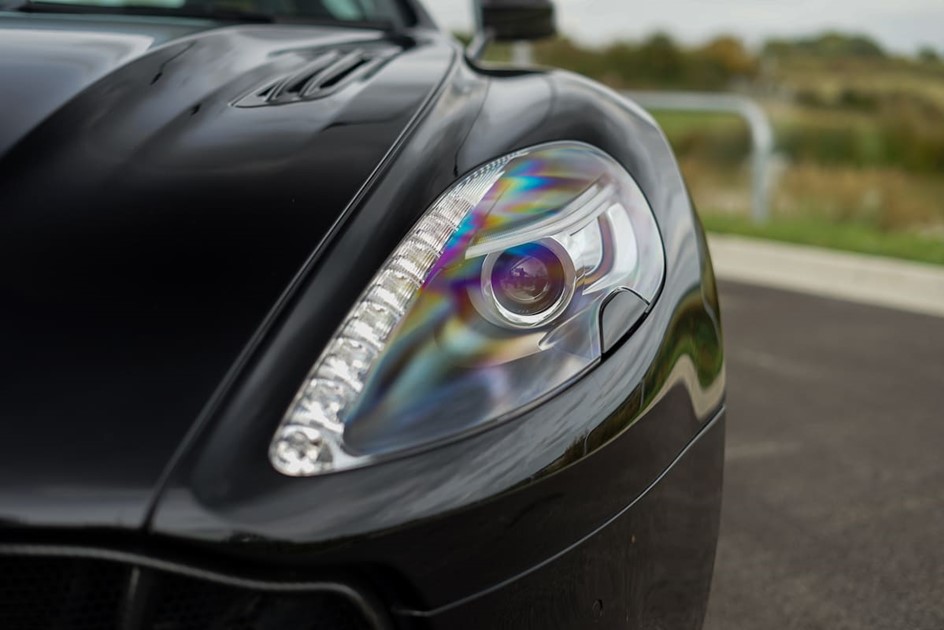
Visit PaddlUp to meet the team and discover what we do.

